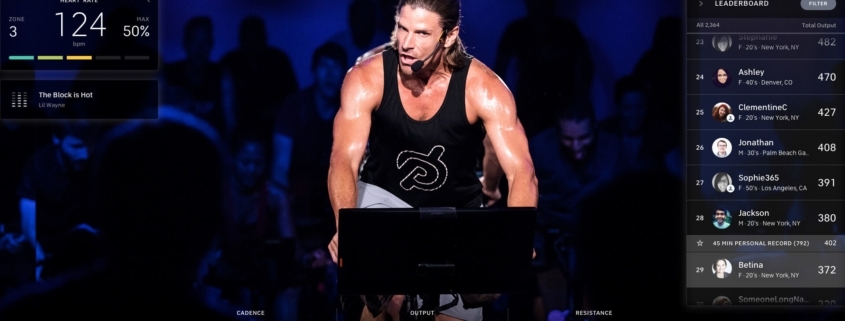
Never-Ending Gameplay
Neuroenhancement is medical or technological interventions to improve cognitive or mental abilities. This can include things like prescription drugs, brain-computer interfaces, or other techniques designed to enhance mental performance.
The potential benefits of neuroenhancement are numerous. For example, it could be used to help people with cognitive impairments, such as those with Alzheimer’s disease or other forms of dementia, to improve their mental functioning. It could also be used to help healthy individuals to enhance their mental performance, such as by improving their memory, concentration, or problem-solving skills.
However, there are also some potential pitfalls to neuroenhancement. One concern is the possibility of unequal access to these technologies, leading to a divide between those who are able to enhance their mental abilities and those who are not. This could create a “two-tier” society where those with access to neuroenhancement have an unfair advantage over those without.
Another potential pitfall is the ethical concerns surrounding neuroenhancement. For example, some people argue that using neuroenhancement technologies to improve mental abilities could be seen as “cheating” or unfair. In addition, there are concerns about the potential long-term effects of these technologies on the brain and on overall mental health.
Overall, neuroenhancement has the potential to greatly improve cognitive abilities and mental performance. However, it is important to carefully consider the potential risks and drawbacks of these technologies, and to use them responsibly.Try again
Today’s most popular video games have no game-ending termination point and typically offer an ever-expanding array of real-world hybrid experiences. With an endless succession of new achievements gamers strive for, these immersive games incorporate design elements offering addictive dopamine rewards that can psychologically alter behavior.
And these infinite gameplay design elements are being melded into real-world applications, such as exercise platforms that incorporate virtual experiences and never-ending new goals, as well as workplace optimization tools that digitally encourage workers to strive for new achievements.


